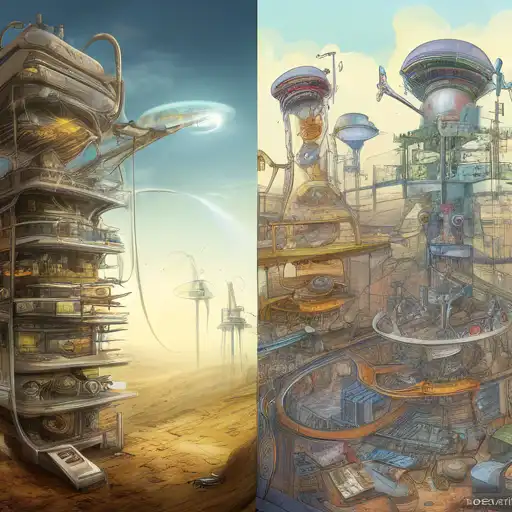Introduction to Software Development Methodologies
In the fast-evolving world of technology, selecting the right software development methodology is crucial for the success of any project. This article compares the most popular methodologies, highlighting their strengths, weaknesses, and ideal use cases to help you make an informed decision.
Waterfall Methodology
The Waterfall model is one of the oldest and most straightforward methodologies. It follows a linear and sequential approach, where each phase must be completed before the next begins. This makes it easy to understand and manage, especially for projects with well-defined requirements.
However, its rigidity can be a drawback, as it doesn't accommodate changes easily once the project has started. For more on traditional approaches, check out our comparison of traditional vs. modern development.
Agile Methodology
Agile is a flexible and iterative approach that focuses on customer satisfaction through early and continuous delivery of valuable software. It encourages adaptive planning, evolutionary development, and rapid response to change.
Teams work in sprints to produce working software increments, making it ideal for projects with evolving requirements. Learn more about implementing Agile in your projects.
DevOps Methodology
DevOps bridges the gap between development and operations teams, emphasizing collaboration, automation, and continuous delivery. It aims to shorten the development lifecycle while delivering features, fixes, and updates frequently in close alignment with business objectives.
This methodology is best suited for organizations looking to improve deployment frequency and achieve faster time to market. Discover how DevOps tools can streamline your workflow.
Scrum Framework
Scrum is a subset of Agile that organizes work into small, manageable pieces called sprints, typically lasting two to four weeks. It relies on a Scrum Master to facilitate the process and a Product Owner to prioritize the work.
Scrum is particularly effective for teams that need to adapt quickly to changing requirements and deliver high-quality products in short cycles.
Kanban Methodology
Kanban is another Agile framework that visualizes the workflow to identify bottlenecks and improve efficiency. Work items are represented on a Kanban board, allowing teams to see the status of every piece of work at any time.
It's ideal for teams that require flexibility in task management and continuous delivery without the time constraints of sprints.
Choosing the Right Methodology
Selecting the right software development methodology depends on various factors, including project size, team dynamics, and customer needs. While Agile and its frameworks offer flexibility and speed, Waterfall provides structure and predictability.
For projects that require both development and operations collaboration, DevOps might be the best choice. Consider your project's specific requirements and team capabilities before making a decision.
Conclusion
Understanding the differences between these methodologies can significantly impact your project's success. Whether you prefer the structured approach of Waterfall or the flexibility of Agile, the key is to choose a methodology that aligns with your project goals and team dynamics.
For further reading, explore our latest trends in software development to stay ahead in the competitive tech landscape.
